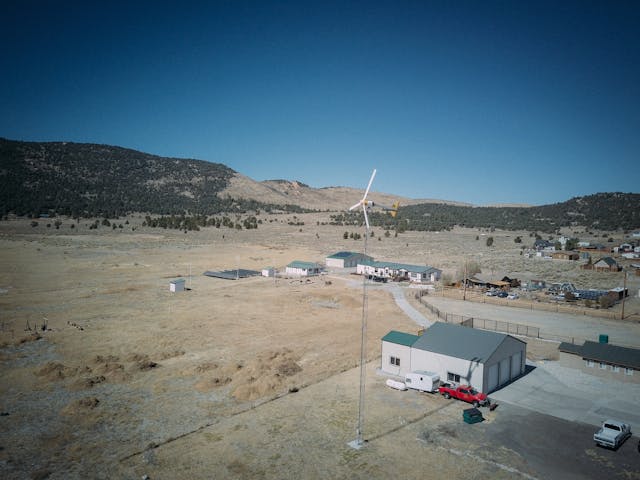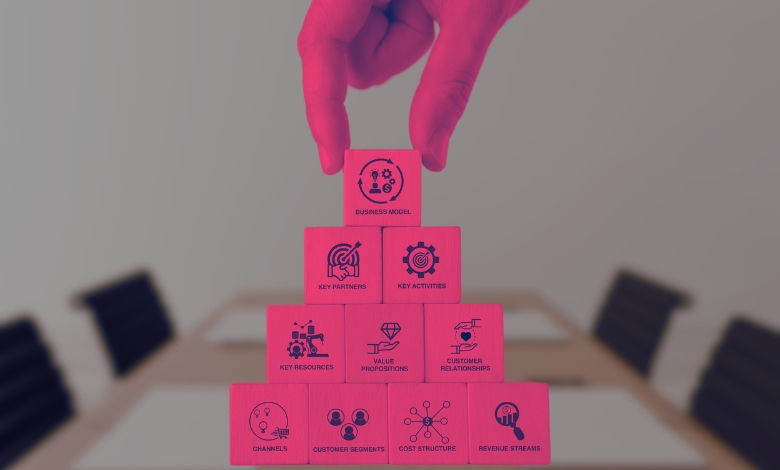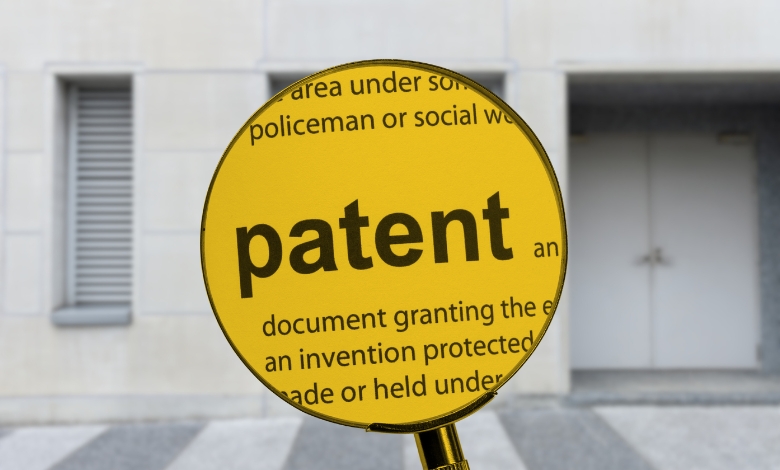Rivian stockpiled EV batteries ahead tariffs to brace for U.S.-China trade impact: An electric chess move shaping EV future.
Rivian stockpiled EV batteries ahead tariffs to avoid soaring costs from new U.S. trade restrictions on Chinese-made EV components. This proactive move helped secure supply chains and stabilize production costs amid volatile global trade tensions. This decision reflects smart business strategy and innovation in navigating complex market challenges.
Imagine being the new kid in class who suddenly starts acting like they’ve read the entire playbook of Tesla, Ford, and the Department of Commerce combined. That’s Rivian right now.
In the months before new U.S. tariffs on Chinese EV batteries kicked in, Rivian quietly started stockpiling battery cells; a move that sounded more like Cold War logistics than modern manufacturing. It wasn’t a panic. It was preparation. And it revealed something fundamental: Rivian isn’t just building trucks anymore; it’s building resilience.
When I first read the report, I felt that strange tingle of respect mixed with curiosity. Like, wait, how far ahead were they thinking? Because in an EV landscape dominated by hype and uncertainty, Rivian just made one of the most pragmatic moves of 2025.
Let’s unpack what happened; and why this single decision might reshape how electric vehicle startups survive in the era of economic nationalism.
Article Breakdown
The Context: The Tariffs No One Could Dodge
The U.S.–China Trade Tension, Electric Edition
By mid-2025, the U.S. government introduced higher tariffs on a range of Chinese imports; including lithium-ion batteries and EV components. The aim was simple on paper: reduce dependency on China, boost domestic production. But for automakers like Rivian, who rely heavily on imported cells and materials, the message landed like a thunderclap.
A 25% tariff on something as critical (and expensive) as a battery cell isn’t a speed bump. It’s a wall. So what do you do when your entire business depends on scaling production, and the core ingredient just got pricier overnight?
You stockpile.
The Move: Rivian’s Silent Battery Build-Up
Rivian began stockpiling EV batteries in early 2025, months before the tariffs officially took effect. At first, this seemed like a risky expense. Storage, logistics, and potential cell degradation are all costly problems. But Rivian’s leadership, learning from Tesla’s “master of vertical integration” philosophy, made a bet that foresight would cost less than reaction.
And they were right.
By the time tariffs landed, most competitors were scrambling to renegotiate contracts or delay deliveries. Rivian? They were still rolling R1Ts and R1Ss off the line like nothing happened.
One insider reportedly said:
“We had enough cells to bridge the storm. That wasn’t luck; it was foresight.”
That quote alone captures the soul of this strategy.
Why This Move Was So Smart (And So Unusual)
1. It Shielded Prices Without PR Damage
When costs rise, automakers usually pass them to consumers. But Rivian didn’t need to. Their pre-tariff battery reserves allowed them to maintain pricing, preserving brand trust. In an era where every EV ad screams affordability, staying consistent is marketing gold.
2. It Bought Them Time for Localization
Battery plants don’t appear overnight. By stockpiling, Rivian bought itself months; maybe even a year; to strengthen partnerships with U.S.-based suppliers like Samsung SDI and Panasonic Energy.
3. It Created Optionality
This move wasn’t just defensive; it was strategic optionality. Rivian could now experiment; tweak chemistries, test production flexibility, and pilot solid-state transitions without the pressure of immediate shortages.
In a way, they created their own “energy buffer.” Not on a grid, but within their business model.
The Emotional Undercurrent: Fear, Vision, or Both?
Let’s be honest; stockpiling anything in manufacturing carries a scent of paranoia. It’s what doomsayers do. Yet, in this case, Rivian’s paranoia became wisdom.
It reminds me of something a supply chain manager once said during COVID:
“You’re only a visionary if the world agrees with you in hindsight.”
At that time, everyone called early PPE stockpilers hoarders. A month later, they were heroes. Rivian might be experiencing that same narrative curve; from over-cautious startup to strategic powerhouse.
There’s something deeply human about that duality; the tension between fear and foresight. In a world built on “just-in-time” manufacturing, Rivian dared to be “just-in-case.”
The Battery Bottleneck: Understanding the Core Problem
Why EV Batteries Are the New Oil
Batteries are no longer components; they’re geopolitical assets. Every lithium cell contains the story of dozens of countries: cobalt from the Congo, nickel from Indonesia, graphite from China, and lithium from South America.
Rivian’s dilemma wasn’t unique. The entire EV industry is bottlenecked by these fragile international dependencies. But unlike Ford or GM, Rivian couldn’t absorb shocks through diversified global networks. So it had to act small, fast, and precise; more chess than brute force.
The Real Risk They Dodged
Let’s quantify it.
| Battery Source | Pre-Tariff Cost | Post-Tariff Cost (Est.) | Difference per Pack |
|---|---|---|---|
| Chinese Imports | $12,000 | $15,000 | +$3,000 |
| Domestic Cells | $14,500 | $14,500 | 0 |
| Rivian Stockpiled Cells | $12,000 (Pre-Tariff) | N/A | Saved ~$3,000 each |
Multiply that by tens of thousands of vehicles, and you’re looking at tens of millions saved. That’s not survival; that’s strategy.
The Bigger Picture: Rivian’s Long Game in Energy Independence
Stockpiling wasn’t just a reaction; it was part of a broader evolution. In 2025, Rivian began signaling a new identity; less “startup automaker,” more “energy systems company.” They’ve been quietly investing in battery recycling, second-life storage, and modular pack designs.
That last one is particularly important. Modular packs can integrate cells from different suppliers; meaning Rivian can pivot suppliers quickly without redesigning entire vehicle platforms.
It’s like designing a phone that can use batteries from Samsung, LG, or Panasonic interchangeably. In a trade-war world, that flexibility isn’t luxury; it’s survival.
Reflection: What This Says About the EV Industry’s Future
Something profound is happening beneath all the battery charts and tariff debates. We’re witnessing a psychological shift in how EV makers think about risk.
A few years ago, companies competed on horsepower and range. Now, they’re competing on resilience and resource control.
The question isn’t “Who builds the fastest EV?” It’s “Who can still build EVs when supply lines freeze?”
Rivian’s move reflects that awareness; a quiet acknowledgment that the age of globalization is wobbling, and the new currency is control.
And maybe, that’s what differentiates companies that will survive the next industrial reshuffle from those that won’t.
Comparative Snapshot: How Rivian’s Strategy Stacks Up
| Company | Tariff Readiness | Stockpiling Strategy | Supply Chain Flexibility | Short-Term Cost Impact |
|---|---|---|---|---|
| Rivian | Proactive | Yes | High (modular packs) | Low |
| Tesla | Moderate | Partial (in-house cells) | Very High | Moderate |
| Ford | Reactive | No | Moderate | High |
| Lucid | Limited | No | Low | Severe |
| GM | Moderate | Limited | Moderate | High |
Insight: Rivian sits in an interesting sweet spot; smaller than the giants, but far more adaptable. And adaptability, in 2025, is the new horsepower.
Common Questions
1. Why did Rivian stockpile EV batteries ahead of tariffs?
To protect against rising costs from U.S. tariffs on Chinese-made batteries and ensure stable production during trade disruptions.
2. Did the stockpiling help Rivian financially?
Yes. By securing batteries early, Rivian saved an estimated $3,000 per vehicle in cost increases, maintaining profit margins.
3. How long can Rivian’s battery stockpile last?
Analysts estimate the reserves could sustain production for several months, buying Rivian time to localize sourcing.
4. Will this affect Rivian’s future pricing?
Not immediately. The stockpile allowed Rivian to keep pricing stable in 2025, but future costs may depend on U.S. manufacturing ramp-ups.
5. Is Rivian building its own battery plants?
Rivian is exploring U.S.-based cell partnerships and pilot-scale production, but large-scale in-house battery manufacturing is still in early stages.
Key Takings
- Rivian stockpiled EV batteries ahead of tariffs; not out of panic, but foresight.
- The move shielded the company from price hikes and supply chain shocks.
- It reflects a deeper shift: EV companies are now competing on resilience, not just range.
- Rivian’s modular battery architecture gives it unmatched sourcing flexibility.
- By thinking ahead, Rivian saved millions and bought time for local partnerships.
- This decision may become a case study in proactive crisis management for years to come.
- In the long game of electrification, the calmest players win; and Rivian just proved it.
Additional Resources
- How 2025 US Tariffs Reshape Global Supply Chains: A detailed look at how U.S. automakers are rebuilding domestic EV component pipelines after tariff shocks.
- Global Critical Minerals Outlook 2025: An insightful exploration of how battery materials have become central to geopolitical strategy.



